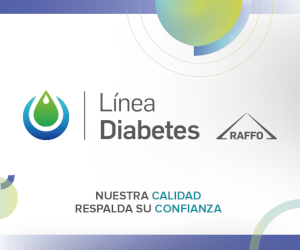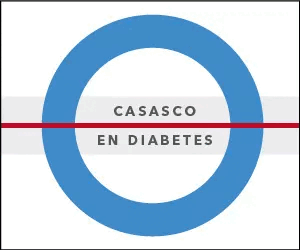Is it increasing in Argentina?
Keywords:
obesity, type 2 diabetes, childrenAbstract
Type 2 diabetes was considered an adult pathology. Currently, perhaps as a result of the obesity epidemic, physical inactivity and sedentary habits seem to be increasing worldwide at increasingly younger ages.
The 2nd National Nutrition and Health Survey (ENNYS 2018) made it clear that in our country 41% of children and adolescents (NNyA) between 5 and 17 years old were overweight (prevalence of overweight 20.7% and obesity 20.4%). At the same time, the 2019 global physical inactivity survey indicates that 81% of children between 11 and 17 years of age do not meet the daily physical activity requirements recommended by WHO, while the latest global school health survey showed that more than 55% of adolescents had sedentary habits. Recent publications indicate that the highest prevalence rates of type 2 diabetes in young people were found in Brazil (33 per 1,000), Mexico (4 per 1,000), populations originating from the US and Canada, and the African-American population in the US. . While the lowest were reported in Denmark (0.6 per 100,000) and England and Wales (2.9 per 100,000).
In Argentina we do not have a record of the prevalence of T2D in children and adolescents, but the data emerging from pediatric reference centers seem to indicate an increasing trend. The form of presentation of type 2 diabetes in this population is very broad, from severe decompensations in ketocyacidosis to compensated forms diagnosed by an OGTT. Sometimes these patients already present complications and/or comorbidities at the time of diagnosis. Compared to adults with type 2 diabetes, young people have a more adverse glycemic trajectory Personal and family risk factors are usually present in the pediatric population. It is important to identify children and adolescents with these risk factors early in order to carry out a prevention intervention or early detection and treatment. The presence of comorbidities and/or complications at diagnosis could negatively impact the prognosis as well as affect the quality of life of these patients.
References
I. Perng W, Conway R, Mayer-Davis E, Dabelea D. Youth-onset type 2 diabetes: the epidemiology of an awakening epidemic. Diabetes Care 2023;46(3):490-499. doi: 10.2337/dci22-0046.
II. Al-Saeed AH, Constantino M, Molyneaux LM, D'Souza M, et al. An inverse relationship between age of type 2 diabetes onset and complication risk and mortality. the Impact of youth-onset type 2 diabetes. Diabetes Care 2016;39:823-829.
III. Silverman-Retana O, Hulman A, et al. Effect of familial diabetes status and age at diagnosis on type 2 diabetes risk: a nation-wide register-based study from Denmark. Diabetologia 2020;63:934-943.
Downloads
Published
How to Cite
Issue
Section
License
Copyright (c) 2024 on behalf of the authors. Reproduction rights: Argentine Society of Diabetes

This work is licensed under a Creative Commons Attribution-NonCommercial-NoDerivatives 4.0 International License.
Dirección Nacional de Derecho de Autor, Exp. N° 5.333.129. Instituto Nacional de la Propiedad Industrial, Marca «Revista de la Sociedad Argentina de Diabetes - Asociación Civil» N° de concesión 2.605.405 y N° de disposición 1.404/13.
La Revista de la SAD está licenciada bajo Licencia Creative Commons Atribución – No Comercial – Sin Obra Derivada 4.0 Internacional.
Por otra parte, la Revista SAD permite que los autores mantengan los derechos de autor sin restricciones.





































